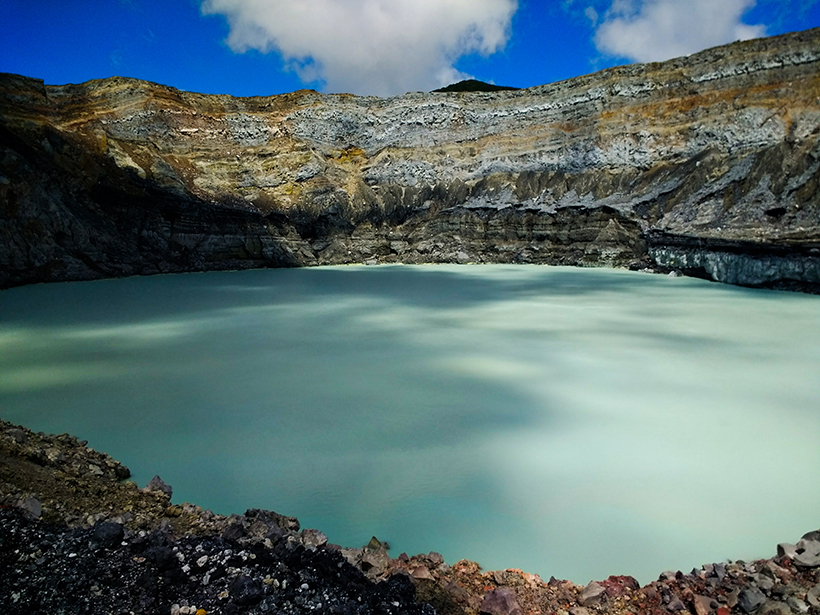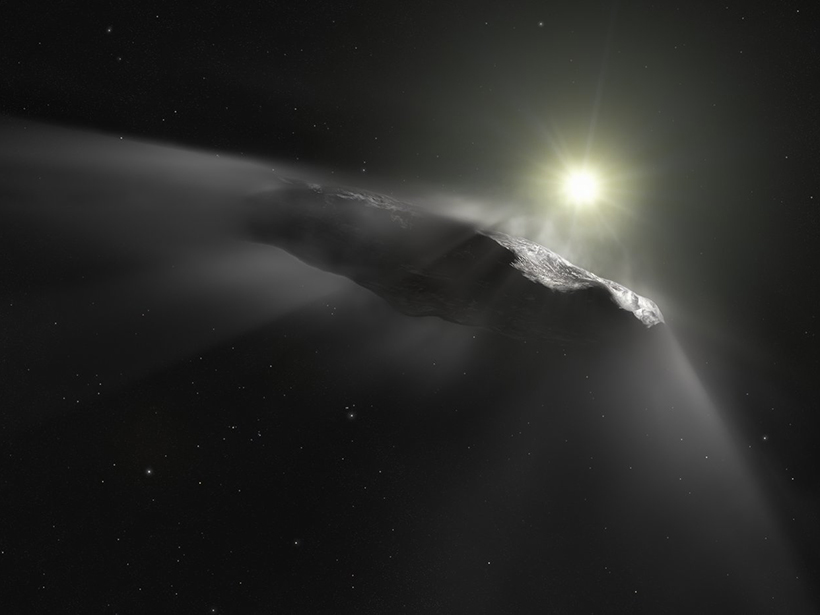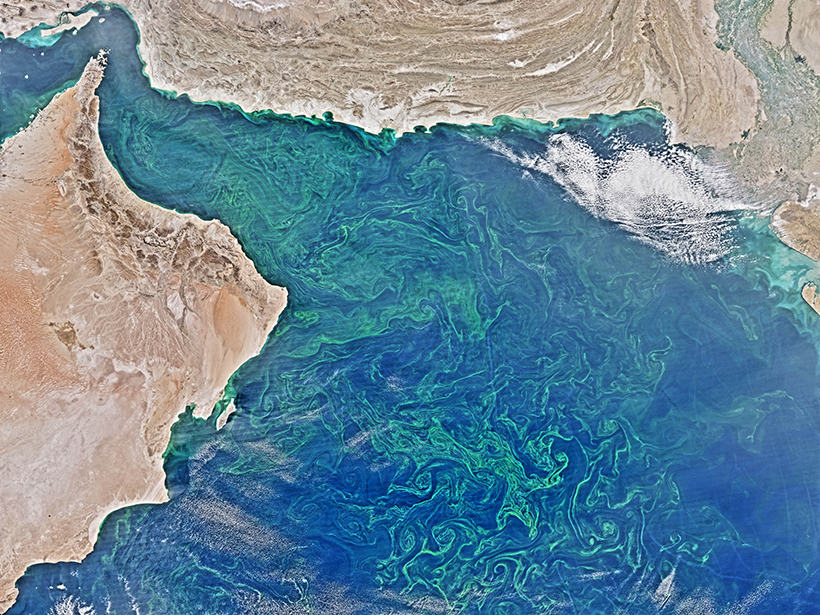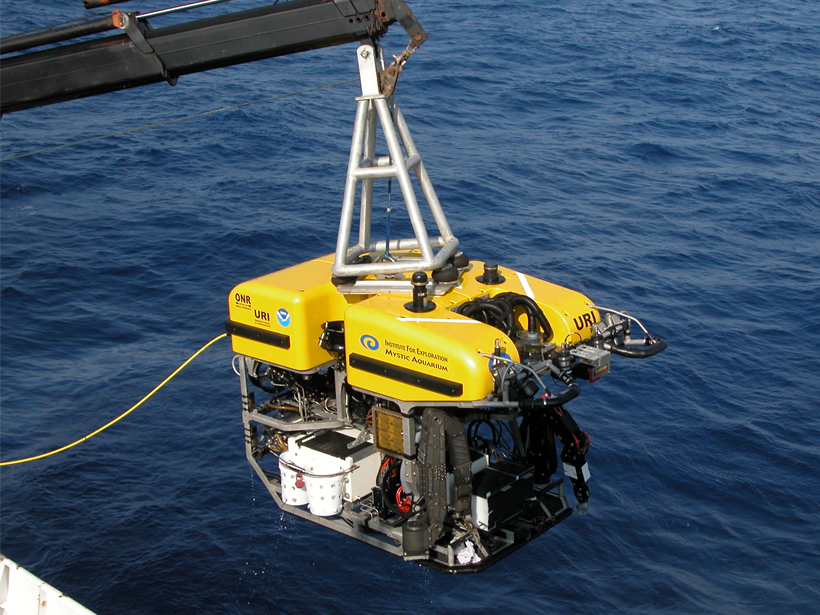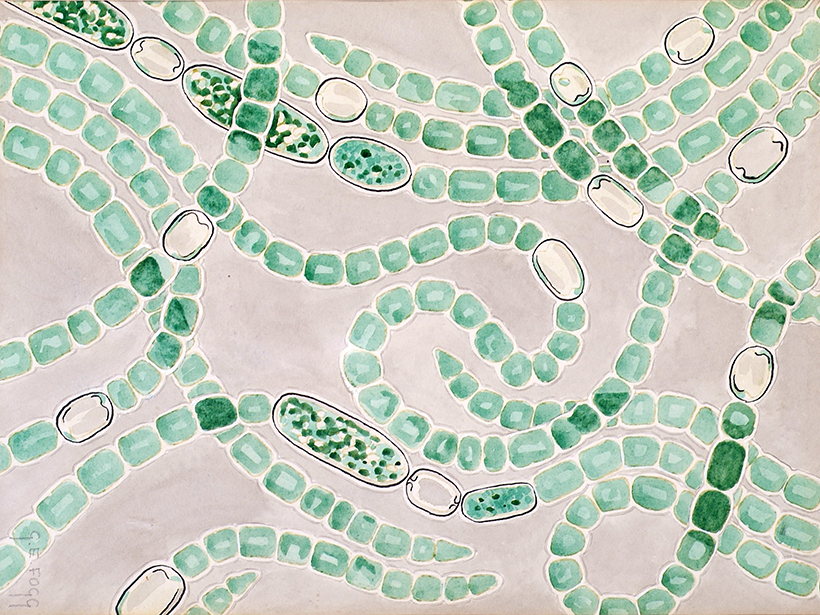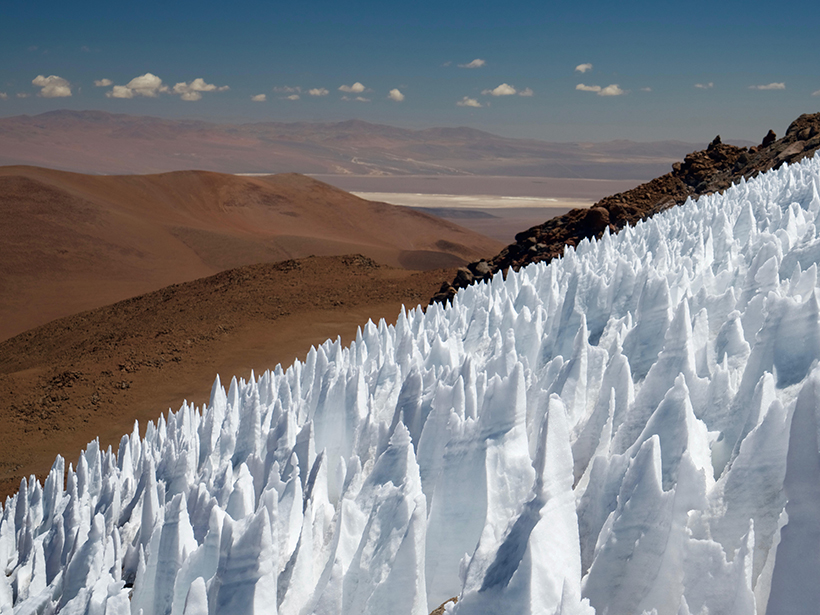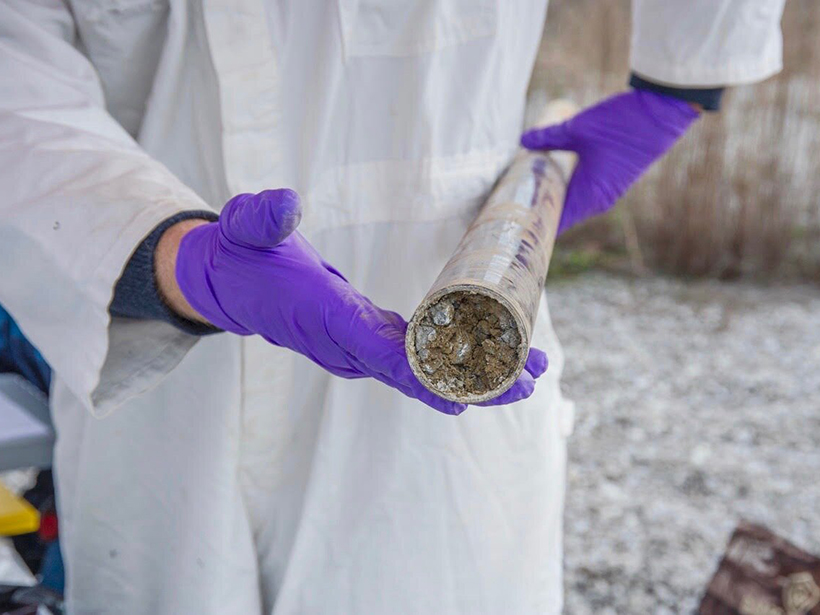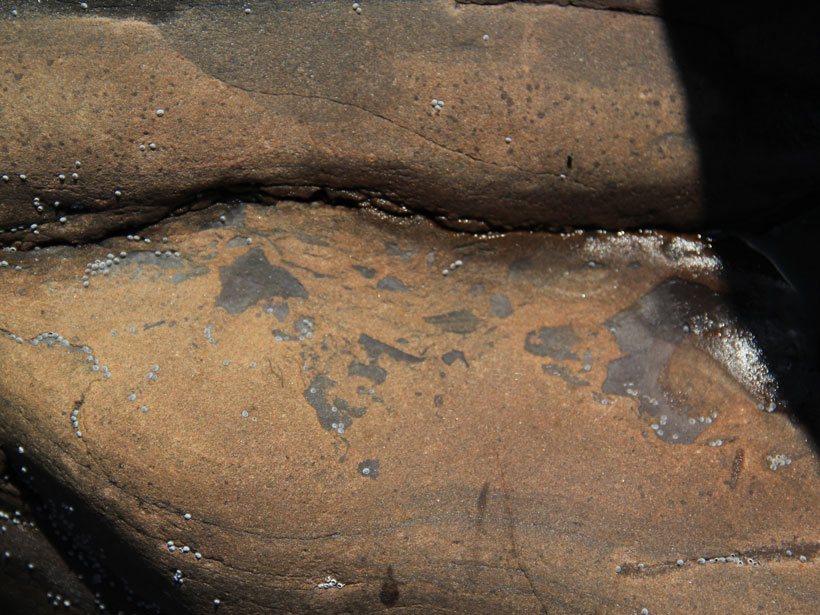An innovative collaboration is investigating how geobiological processes alter fluxes of carbon and other materials between the deep Earth and the surface.
bacteria & microbes
Interstellar Visitors Could Export Terrestrial Life to Other Stars
A handful of interstellar objects and long-period comets could have scooped up microorganisms from Earth and carried them to worlds around other stars.
Anaerobic Activity Is a Big Contributor in Marine “Dead Zones”
Climate models that do not account for anaerobic microbial activity may underestimate future expansion of oxygen-depleted waters.
Investigating Rates of Microbial Methane Munching in the Ocean
Analyses of microbial activity in seawater samples help clarify the fate of methane released from the seafloor.
Dead Reefs Keep Calcifying but Only by Day
A new measurement technique has revealed that turf algae communities colonizing dead reefs have a dual role, adding new mineral material to the reefs during the day and taking it away at night.
Sunlight Stimulates Brown Algae to Release Organic Carbon
Sargassum and other brown algae might be an underappreciated contributor of organic compounds called polyphenols to the open ocean.
Did Bacterial Enzymes Cap the Oxygen in Early Earth’s Atmosphere?
A new theory suggests that nitrogenase from cyanobacteria could be the reason oxygen levels remained low after the Great Oxidation Event.
Microbes Spotted on Blades of Ice High in the Andes
Researchers discover microbial life on ice spires known as penitentes on the arid, sunlight-blasted upper reaches of Llullaillaco, one of the best earthly analogues for Mars.
New Tool Reveals That Soils Are Teeming with Active Microbes
BONCAT, a new type of amino acid tagging, highlights and categorizes active soil microbes in situ.
Paleontologists Peer Inside Billion-Year-Old Cells
Scientists have discovered the fossilized remains of Precambrian cells extraordinarily preserved with the rare earth element phosphates monazite and xenotime.

